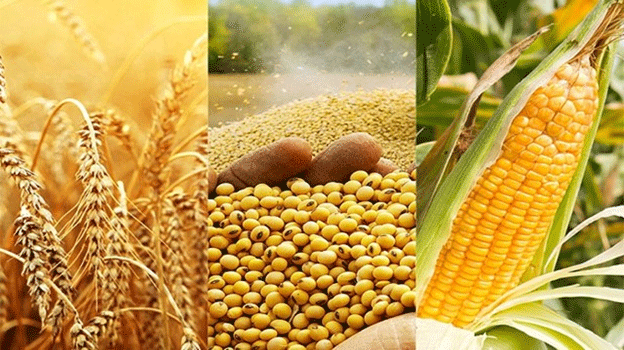In 2024, China reached a new milestone in agricultural production, harvesting 706.5 million tonnes of grain, a 1.6% increase from 2023’s 695.41 million tonnes. This achievement underscores the country’s commitment to enhancing food security through increased crop yields, expanded planting areas, and technological advancements.
Key Drivers of Growth
- Improved Yields:
- Rice production increased by 0.5%, reaching 207.5 million tonnes.
- Wheat output rose by 2.6%, totaling 140.1 million tonnes.
- Corn production set a record at 294.92 million tonnes, up 2.1% from 2023.
These gains were achieved despite challenges such as natural disasters, reflecting effective management of arable land and adoption of advanced farming techniques.
- Expansion of Cultivated Areas:
- Total grain planting area expanded for the fifth consecutive year, reaching 119.34 million hectares (+0.3%).
- Rice planting area grew for the first time in four years, up 0.2% to 29 million hectares.
- Corn planting area rose by 1.2% to 44.74 million hectares, driven by increased demand and favorable market conditions.
- Investments in Agricultural Technology:
China’s focus on mechanization and seed technology contributed significantly to higher yields and improved crop resilience. These efforts are part of a broader strategy to reduce dependence on food imports.
Persistent Challenges
Despite the record harvest, China remains heavily reliant on imports for certain crops, particularly soybeans and corn:
- Soybean production decreased by 0.9%, falling to 20.65 million tonnes.
- Planting area for soybeans declined by 1.4% to 10.33 million hectares, reflecting the crop’s lower profitability compared to grains.
China continues to import large volumes of soybeans and corn, primarily from Brazil and the United States, to sustain its population of 1.4 billion people. This dependency underscores the need for further improvements in domestic soybean productivity and diversification of food sources.
The Road Ahead
While China’s 2024 grain harvest demonstrates remarkable progress in achieving food security, the reliance on imports and challenges in soybean production highlight areas for growth. Policies encouraging crop diversification, expanding soybean cultivation, and leveraging biotechnology will be crucial in reducing dependency on foreign supply chains.
China’s record-breaking grain harvest of 706.5 million tonnes in 2024 is a testament to the country’s agricultural resilience and innovation. However, achieving full food security requires addressing gaps in domestic soybean production and ensuring sustainable growth in crop yields. By balancing technological investments with strategic crop planning, China is poised to strengthen its agricultural self-sufficiency in the coming years.
Error





